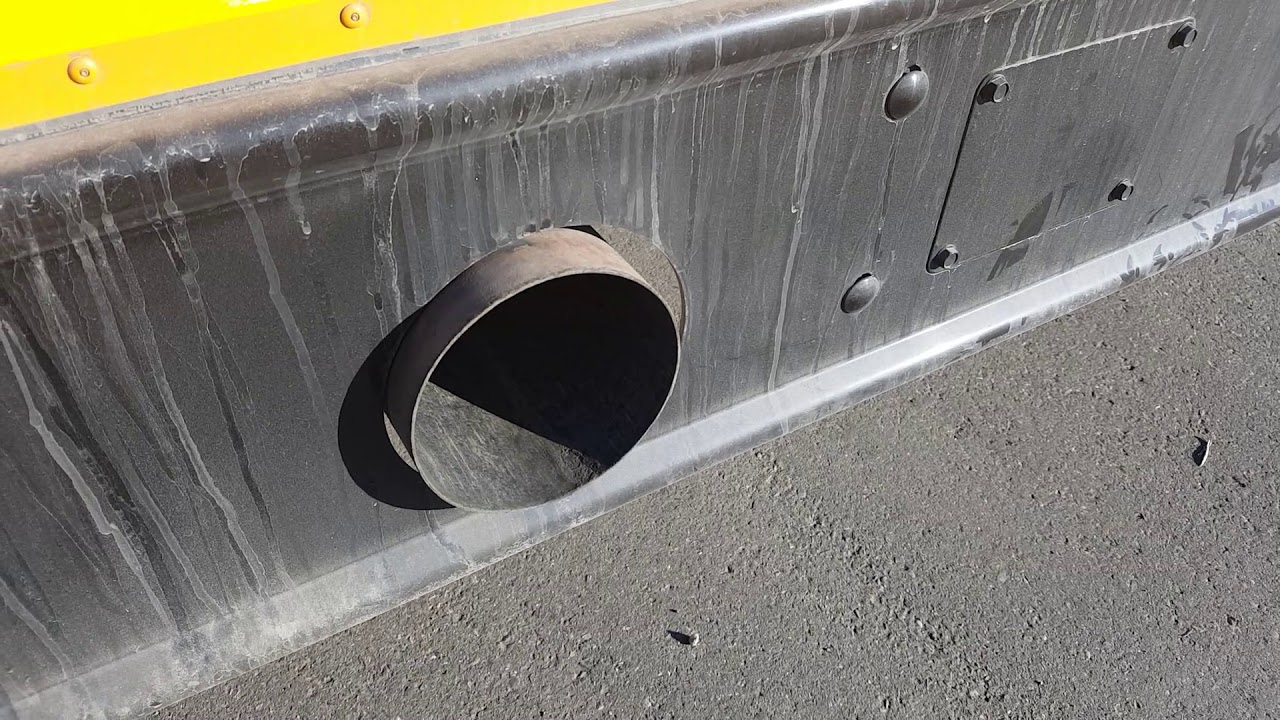It’s hard to believe that the MaxxForce 7 diesel engine regenerating in this video is manufactured by Navistar. Constant issues with these engines have cost us down time and expense over poorly designed components. I know everybody involved with the manufacturing of these models feels bad for the customers out there who are dealing with the failures haunting them at a constant level. This is all good to try and heal the frustration and animosity against Navistar but it doesn’t help with steady engine issues plaguing our shop. There is no end to it.
I’ll say it again “there is no end to it”. Right now we have two 2013 MaxxForce 7 engines that are pumping the blow by bad enough to funnel in to the bus entrance way contaminating the air. The latest quote on a long block rebuilt engine replacement (injectors included) is $20,000 with a $13,000 core charge which is null and void if the old engine is damaged beyond any hope of a rebuild. Another option is a new Cummins ISB that is now available specifically for school buses which includes the aftertreatment system. The cost (engine only) is $43,000.
Another option would be to rebuild the engine which would require oversize pistons. The engine would be stripped down to the block and then bored out to start fresh again. If there are no aftermarket companies providing the parts for overhauls then we would obviously have to take a look at the more expensive options above. It’s time to do some research on this and hopefully find a solution. The regen in the video was necessary because of a high soot load engine code scanned by the Navistar Engine Diagnostic software.
The diesel particulate filter on these diesels is very weak when there is excessive emissions that it can’t handle causing restrictions causing high temperatures and failure in the DPF. The filter breaks in to pieces causing a bypass condition creating heavy black smoke when the engine throttle is fully activated. Our last option is to let it go and put up with the black smoke but I’m pretty sure the condition will escalate attracting complaints from students and the public.
Whatever route we go will depend on cost which is the first priority with large repair jobs. We hold on to buses for 12 years so another 7 years to go. Replacing the same engine and having trouble down the road in 5 years is not long term enough to justify spending 20,000 dollars. Practicality will prevail.







